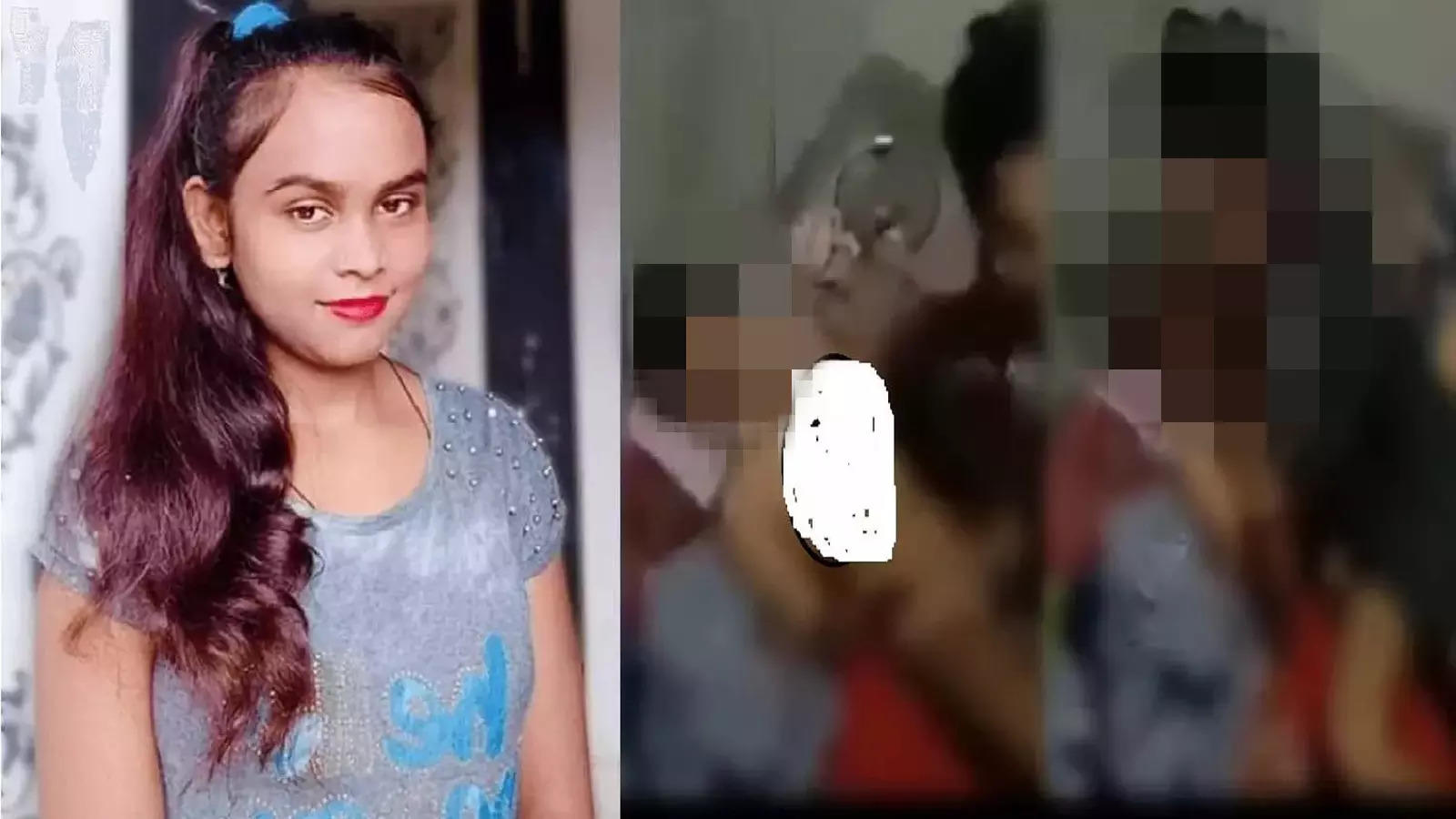India's Viral MMS Scandals: Celebs, Leaks & Privacy Concerns
Has the digital age inadvertently ushered in an era where privacy is a luxury, and a leaked video can become a weapon? In India, a disturbing trend of viral MMS scandals has taken root, leaving a trail of shattered reputations, legal battles, and profound emotional distress.
The proliferation of smartphones and the immediacy of social media have created a volatile landscape where intimate moments, recorded and shared without consent, can instantly go viral. This article delves into the complex and often devastating world of Indian viral MMS scandals, exploring the individuals affected, the legal ramifications, and the urgent need for societal change.
The phenomenon of viral MMS leaks is not new, but its frequency and the devastating impact on individuals have escalated in recent years. These incidents often involve videos or images of a private nature, captured and disseminated without the knowledge or permission of the subjects involved. The repercussions can be severe, ranging from public humiliation and cyberbullying to legal battles and lasting psychological trauma.
| Name | Mona Singh | Ashmit Patel and Riya Sen | Anjali Arora | Trisha Krishnan | Hansika Motwani |
|---|---|---|---|---|---|
| Profession | Actress | Actors | Social Media Influencer, Reality TV Contestant | Actress | Actress |
| Controversy | Alleged private MMS clip leaked in March 2013 | MMS video went viral | Involved in a viral MMS scandal | Alleged MMS clip in shower | Video allegedly claimed to be her bathing |
| Reaction | Sparked widespread controversy | Highly controversial, rapidly spread across the internet | Recent discussion about the scandal | Denied it, calling it fake | Clarified the situation |
| Additional Information | The incident brought attention to the vulnerability of celebrities | The incident underscored the risks of sharing private content | Known for her appearance on the reality show "Lock Upp" | The scandal remained in the news for a while | The issue highlighted privacy concerns in the digital age |
| Reference | Wikipedia: Mona Singh | Wikipedia: Ashmit Patel, Wikipedia: Riya Sen | Wikipedia: Anjali Arora | Wikipedia: Trisha Krishnan | Wikipedia: Hansika Motwani |
The case of Mona Singh, back in March 2013, serves as an early example. A private MMS clip, allegedly featuring the actress, surfaced online, immediately igniting a media firestorm. The incident brought to light the vulnerability of public figures and the rapid dissemination of potentially damaging content. More recently, social media personalities such as Anjali Arora have found themselves entangled in similar controversies, highlighting the reach of these scandals in the modern digital landscape. Likewise, the alleged involvement of actresses Trisha Krishnan and Hansika Motwani demonstrates how even established figures are not immune to these privacy violations.
The legal and societal implications of viral MMS scandals are far-reaching. The unauthorized sharing of intimate content is a violation of privacy and, in many cases, a criminal offense. Under Indian law, provisions like Section 66E of the Information Technology Act, 2000, and Section 354C of the Indian Penal Code (IPC), which deal with voyeurism, can be invoked. However, the existing legal framework is often criticized for being inadequate, with victims frequently facing challenges in obtaining justice. The process of removing such content from the internet can be complex and time-consuming, and the emotional toll on victims can be immense.
The Chandigarh University MMS scandal, which unfolded in Mohali, Punjab, serves as a chilling example of the devastating consequences. News reports from the time detailed the arrest of a student accused of leaking objectionable videos of other female students, sparking massive protests and outrage. The case took a more disturbing turn when the lawyer of the accused revealed that not one but two vulgar videos had come to light. The incident triggered a nationwide debate on the lack of privacy on college campuses and the ease with which such content can be shared. This highlights the devastating impact on the victims, and the urgent need for stricter laws to protect individuals from such invasive acts.
The situation at Chandigarh University also underscores the role of social media platforms in amplifying these scandals. Once a video or image goes viral, it can spread across multiple platforms within minutes, making it nearly impossible to contain. The hashtag #oviyaleaked, referencing South Indian actress Oviya, trended on social media, particularly on X (formerly Twitter), demonstrating the speed and breadth of the digital spread. The role of social media in facilitating the dissemination of such content is significant, with these platforms often facing criticism for not doing enough to remove or prevent the spread of such content.
The involvement of individuals such as Ashmit Patel and Riya Sen in a controversial MMS video further illustrates the long-lasting impact these events can have. The rapid spread of the video across the internet, becoming viral almost instantly, highlights the lack of control individuals have over their private moments once they are shared online. The fact that these incidents continue to make headlines underscores the ongoing prevalence of the issue.
The case of the arrested army jawan in connection with the Chandigarh University case reveals the complexity of the situation. The jawan, identified as Sanjeev Singh, reportedly admitted to dating the student who allegedly filmed the videos. This information adds a layer of complexity to the scandal, indicating potential misuse of trust and betrayal among people. The sharing of the videos with the boyfriend, who resides in Shimla, showcases the role of trust and the potential for misuse in personal relationships.
Anjali Arora, a social media sensation and participant in the reality show 'Lock Upp,' faced public scrutiny when her MMS went viral. Arora's experience is a stark reminder of how quickly private moments can become public knowledge, impacting the victim's professional and personal life. The incident highlights the vulnerability of public figures in the age of the internet and the constant scrutiny they face.
Trisha Krishnan, another prominent figure in South Indian cinema, found herself embroiled in controversy when an MMS clip allegedly featuring her emerged online. Despite her strong denial, the scandal persisted in the news, highlighting the difficulty of controlling the narrative once such content enters the public domain.
Hansika Motwani also made headlines after a video of a girl bathing in a bathtub went viral, and was claimed to be her. Though the actress clarified that it was not her, the incident still highlights the frequency with which such content can be used to defame or create controversy around a public figure.
The widespread prevalence of these incidents has prompted a nationwide debate on privacy and consent. Many articles explore the impact on the victims, including the legal implications, the emotional toll, and the urgent need for stricter laws to protect individuals. There is also a strong need for improved media literacy, encouraging people to think critically about the content they encounter online and to protect their own digital footprints.
The term "Indian viral MMS" refers to multimedia messages (usually videos or images) that spread rapidly across social media platforms, messaging apps, and other digital channels. These clips often involve private moments, explicit content, or controversial situations, shared without the consent of the individuals featured. The impact of these incidents extends far beyond the individuals directly involved, impacting families, friends, and communities.
The spread of these videos is a growing concern, with serious implications for privacy, mental health, and legal safety. To combat this trend, individuals should understand the risks, stay informed about the laws, and take preventive measures. This includes being cautious about what is shared online, using strong passwords, and being wary of unsolicited messages and requests.
The Punjab higher education minister ordered a thorough investigation into the Chandigarh University incident, which is a positive step towards seeking justice and holding those responsible accountable. Similarly, the police investigation and any legal action taken against those involved in the creation and distribution of the video can offer some measure of closure for the victims. By understanding the risks, staying informed about the laws, and taking preventative measures, individuals can protect themselves from falling victim to this disturbing trend.


